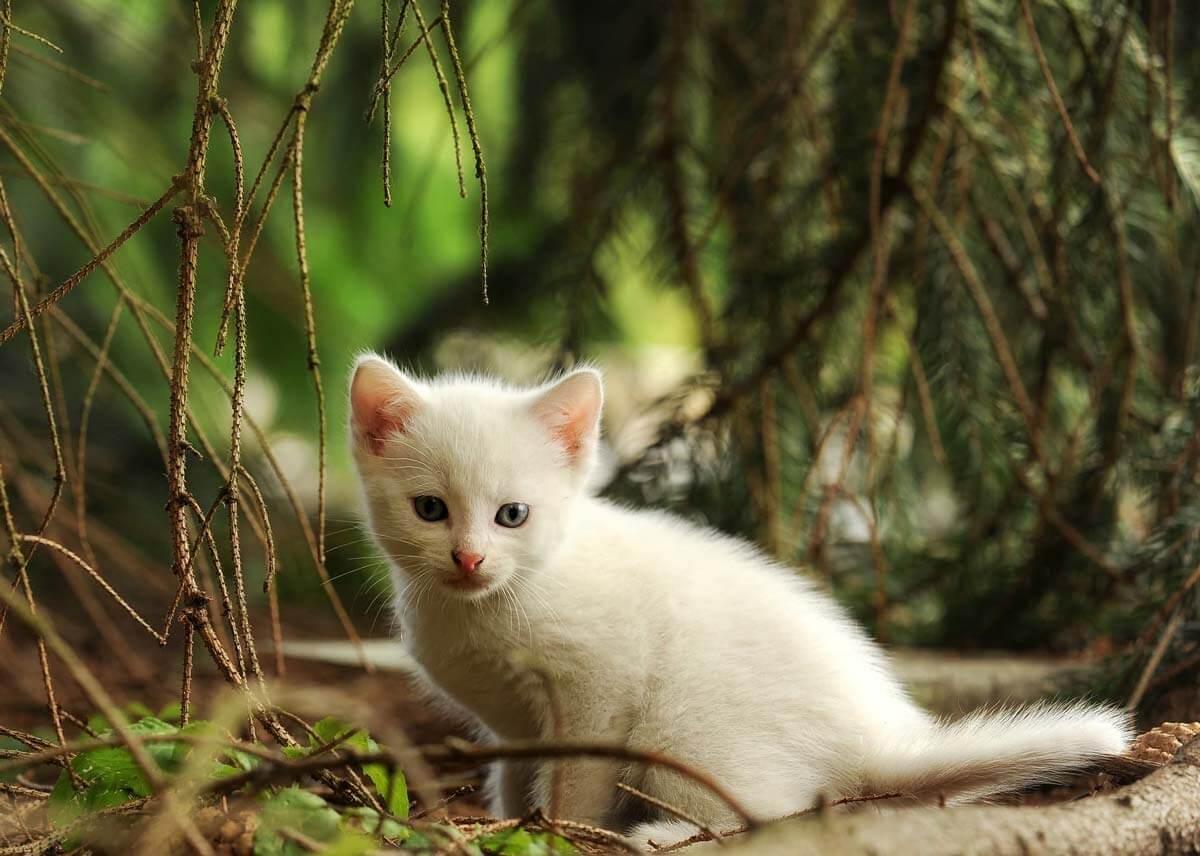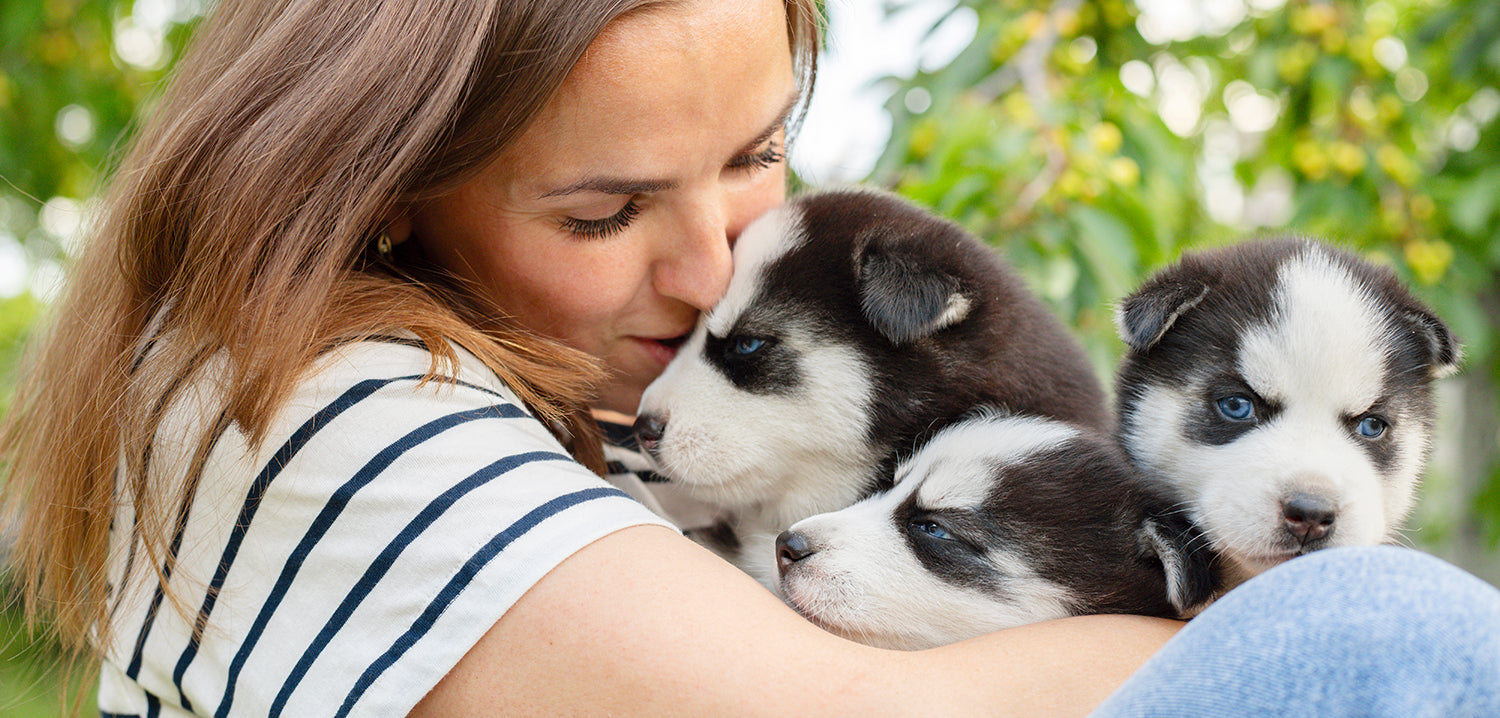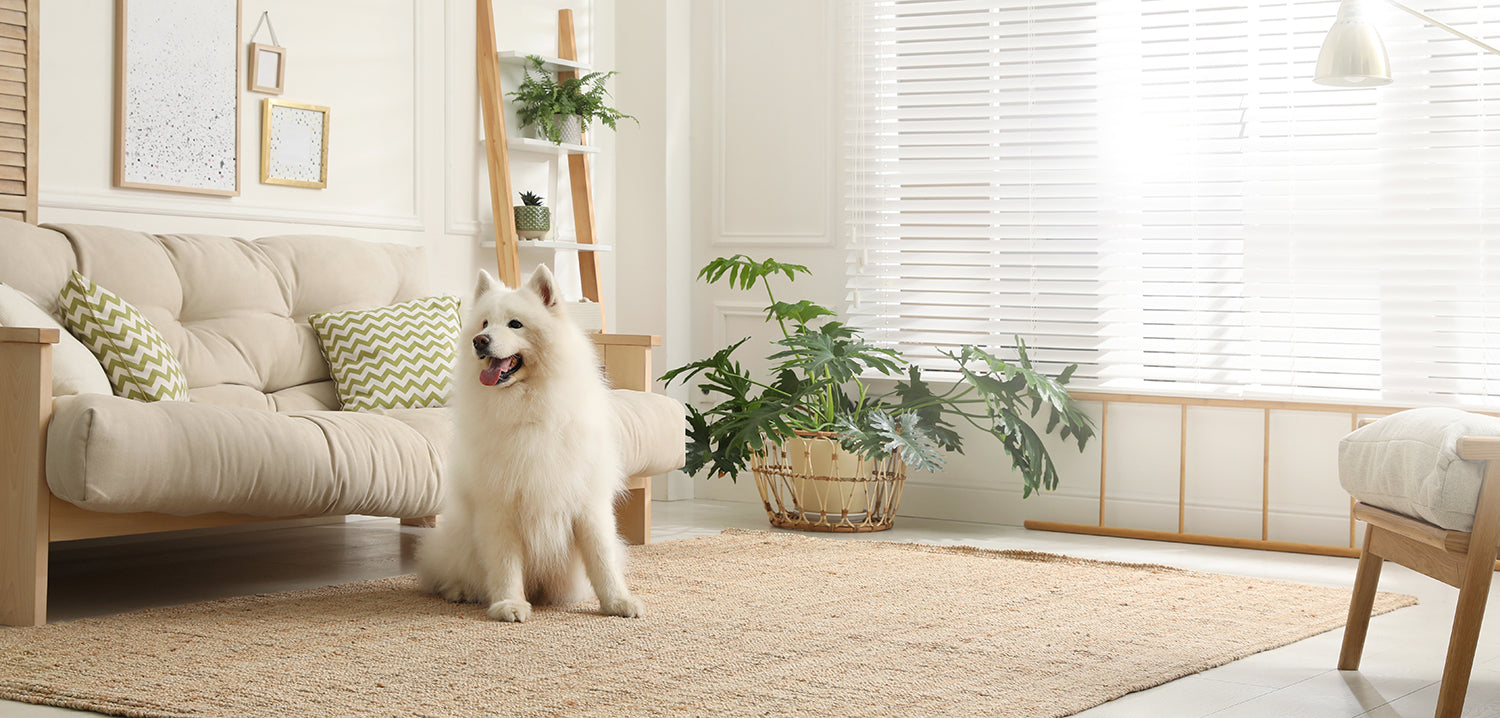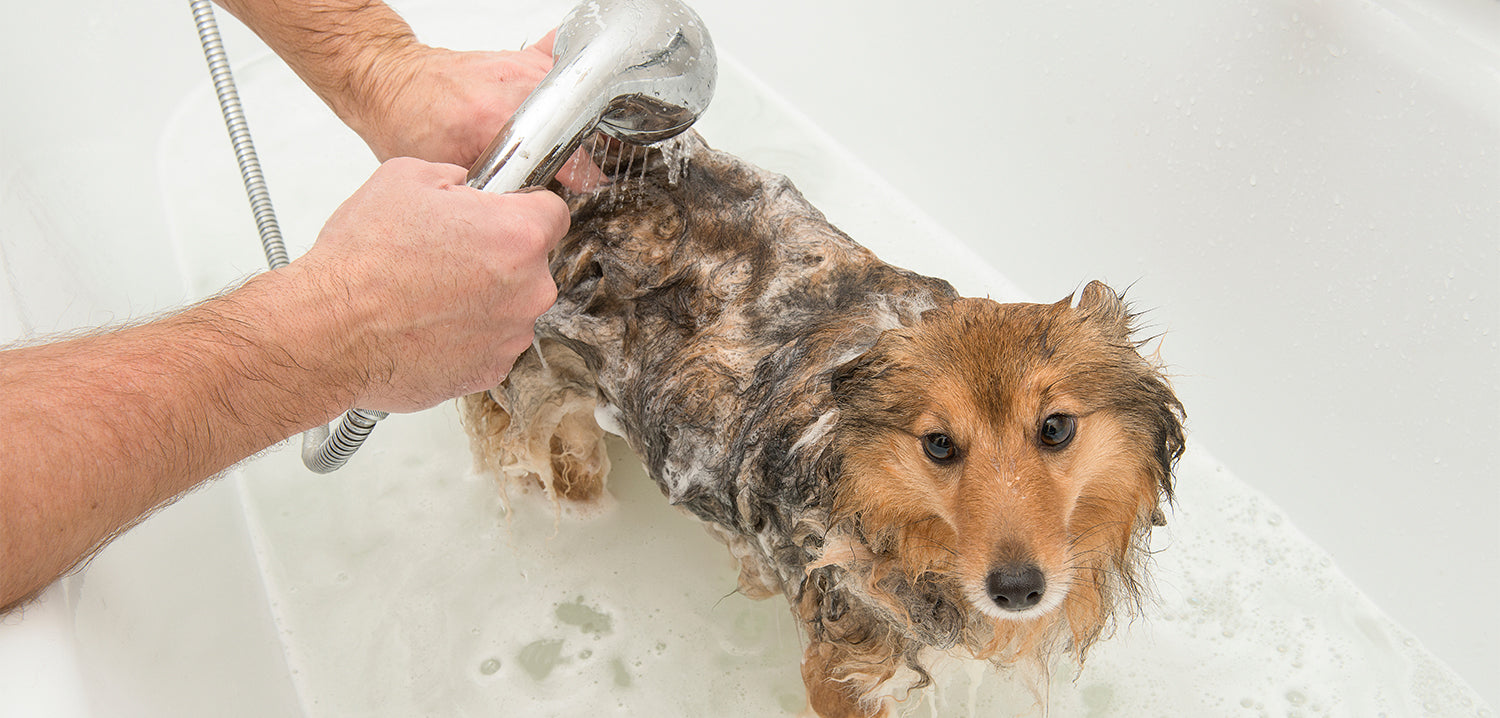The best cat breeds for allergies
The only feeling any of us want after playing with a cat is a warm heart, but not everyone is lucky enough to be able to enjoy our feline friends so freely. It seems like a cruel trick of nature to make people allergic to cats; however, some people find themselves itching, scratching or sneezing after playing with one.
In this article, James Wellbeloved provides information on the factors that can cause cat allergies, so that even people with allergies might be able to enjoy some feline company. Although no cat can be completely non-allergenic, there are some breeds known to produce fewer allergens that are therefore least likely to provoke unwanted reactions.
WHAT CAUSES ALLERGIES TO CATS?
Allergic reactions to cats are caused by proteins that are secreted by the cat’s skin or transferred to their skin in saliva when they clean themselves. These proteins sit on the cat’s skin and fur and are also transferred to surfaces they touch. This means that when an allergic person comes into contact with a cat or a surface a cat has been on recently, they suffer a reaction.
HOW DOES GENDER AFFECT ALLERGEN PRODUCTION?
Aside from breed, there are certain characteristics to look out for when considering which cats might be best for allergy sufferers. The gender of the cat is very important. Males generally produce more allergenic proteins than females and so are more likely to provoke reactions. Further, males who have not been neutered will produce more of the allergenic secretions than males who have been neutered.
HOW DOES FUR AFFECT ALLERGIES?
People frequently assume that cats with long fur will be more likely to cause allergic reactions – this is not true. As previously stated, cat allergies are caused by proteins in their saliva and secreted by their skin. This means that although the proteins in their fur can provoke a reaction, the length of their fur does not affect this.
Nevertheless, cats that shed their fur frequently can be difficult if you are allergic. Allergenic proteins transferred to your cat’s fur through saliva or secretions remain there. Increased shedding therefore leads to spreading of the proteins around your home and can cause reactions.
The other important feature to consider is the colour of the cat’s fur. Although the reasons behind this are unknown, cats of darker colouring tend to produce more of the allergenic secretions. So, consider the colour of a cat’s fur if you want to adopt one.
BREEDS OF HYPOALLERGEIC CAT
Although no cat can be completely non-allergenic, some breeds do tend to produce less of the allergenic proteins and so are less likely to provoke reactions. There are also some hypoallergenic cats who shed their fur less, reducing the transfer of proteins to surfaces.
Here are some hypoallergenic breeds you might wish to consider:
- Balinese – their skin secretes lower levels of allergenic proteins
- Oriental Shorthair – possess a short, fine coat, reducing the amount of fur they shed
- Devon Rex – this breed sheds less as they possess only bottom layer ‘down’ hair, where most cats also have top ‘guard’ and middle ‘awn’ hair layers too
- Siberian – their skin secretes lower levels of allergenic proteins
- Sphynx – this breed possesses no fur to trap the allergenic proteins and transfer it to other surfaces
These are just a few suggestions and there are many other hypoallergenic cat breeds. Remember, if you are considering becoming a cat owner, allergies should just be one of many considerations. You should also think about the cat’s temperament and how they will fit into your lifestyle and family.
If you would like to adopt a cat, but are concerned about your allergies, it may be best to consult a doctor for advice.












